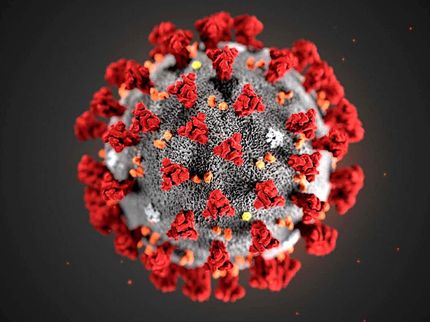Predicting slippery spots for the ribosome
Researchers develop a thermodynamic model to study frameshifting
Advertisement
In the genetic blueprint for proteins, the information for each amino acid is encoded by codons. A codon consists of three consecutive building blocks of messenger RNA (mRNA), a base triplet that encodes exactly one amino acid. During protein synthesis, adaptor molecules - called tRNAs - specifically base-pair with the codon and bring the correct amino acid into the catalytic center of the ribosome, where it is attached to the growing peptide chain. Although this process has been thought to be highly accurate, on specific mRNAs ribosomes can be programmed to move by one base and thus change the meaning of all following codons. This phenomenon is called programmed ribosomal frameshifting (PRF) and is used in all domains of life, especially by pathogens such as viruses. As all downstream codons are affected, PRF can strongly alter the structure and function of the resulting protein. Junior Professor Neva Caliskan from the Helmholtz Institute for RNA-based Infection Research (HIRI) in Würzburg, a joint institution of the Helmholtz Centre for Infection Research in Braunschweig and the Julius Maximilian University Würzburg, collaborated with researchers from the Max Planck Institute for Biophysical Chemistry (MPI-BPC) to develop a model to calculate the frameshift efficiency from the free energy of base pairing. Using this approach, the researchers can now predict sites in the genome where PRF is likely to occur, giving rise to altered proteomes.
PRF causes the ribosome to "slip" during translation and change the reading frame to produce a different protein. PRF is used, for example, by viruses that have to produce different proteins with a very limited number of mRNAs in order to multiply. “PRF is not a random event, but determined by RNA motifs and external factors. Certain RNA motifs that favor PRF were already known. However, in this study we describe the contribution of individual RNA base pairs within a PRF motif for the first time,” says Prof. Neva Caliskan, head of the research group “Recoding Mechanisms in Infections” at the HIRI. If PRF occurs, bases can be paired unconventionally, which can significantly change the free energy of the system. The researchers have thus developed a thermodynamic model to calculate the free energy of each base pair. These values can in turn be used to predict PRF efficiencies for any given mRNA molecule. Their study provides strong evidence that PRF is a thermodynamically controlled process in the cell. “Now, we have a tool to explore genomes for potential PRF sites. This will help us to design better RNA-based intervention strategies to fight pathogens,” says Caliskan.
























































